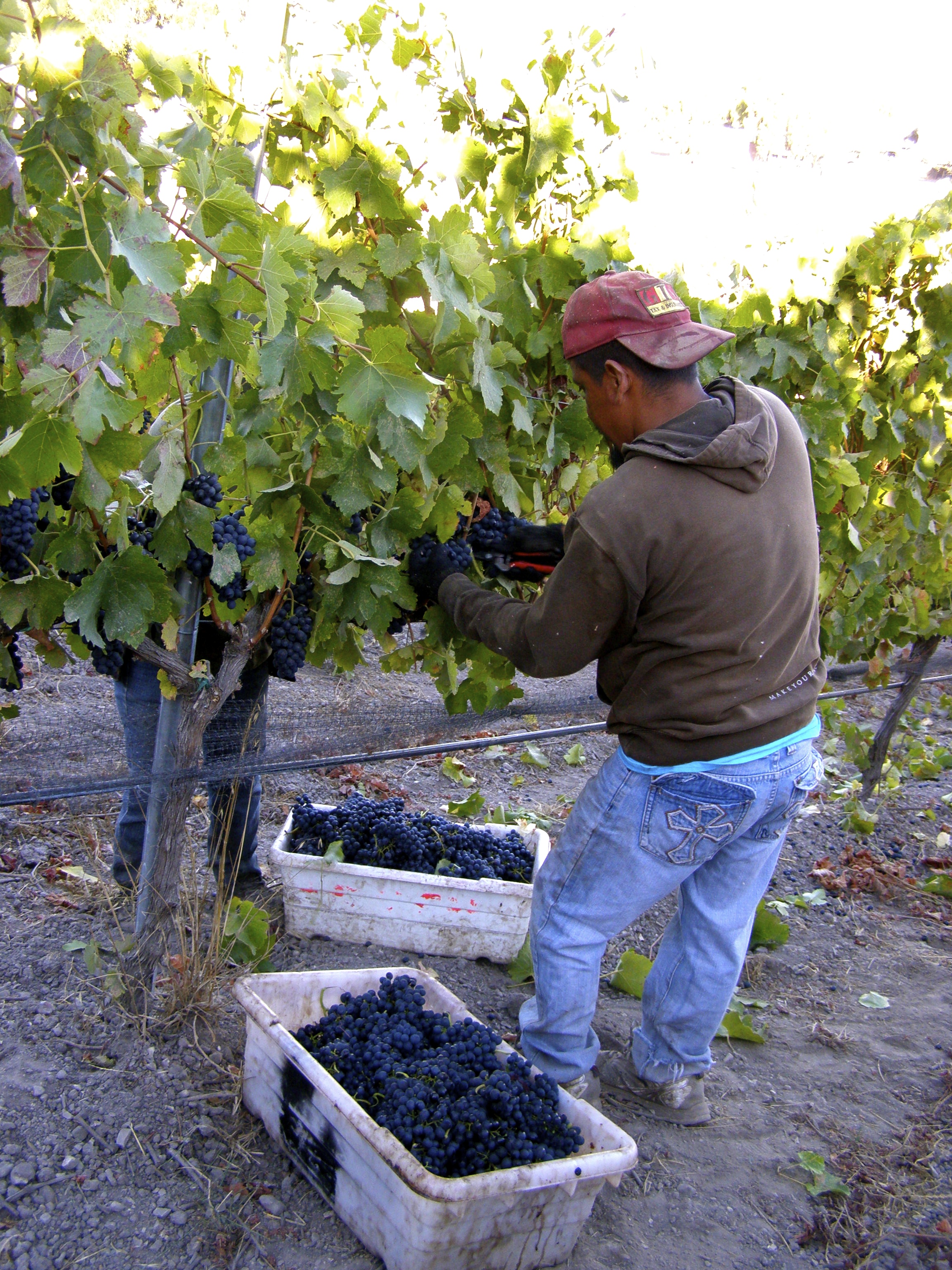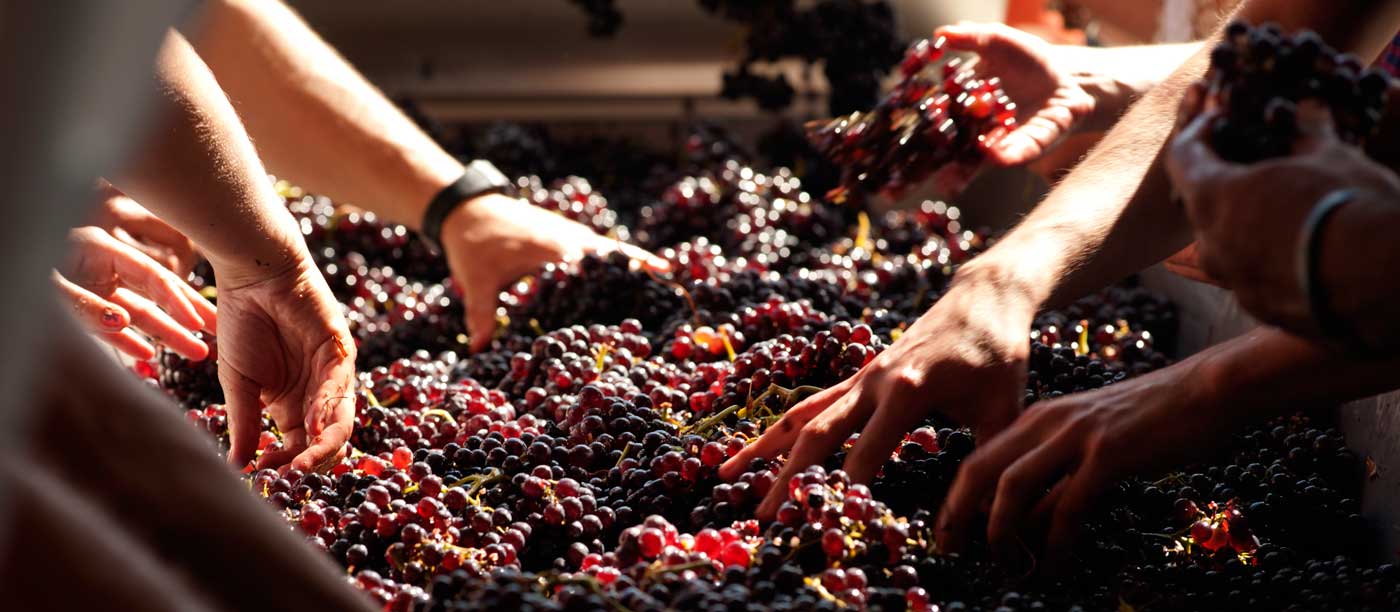What are sulfites and why does the USDA insist that every bottle of wine remind me about them?
We’ve all seen the words “contains sulfites” stamped on the back labels of wine bottles, but how many of us actually know what a sulfite is or does? For most people, sulfites are an invisible part of the winemaking process. Sulfites are, in simplest terms, a group of compounds that contain the ion SO2.
As it turns out there’s a very small portion of people who are very allergic to those compounds. Sulfites almost exclusively affect asthmatics and even then, only about 10% of asthmatics have trouble with sulfites. That means that if you’re someone who suffers from wine headaches, sulfites are most likely not the cause. For the vast majority of people the level of sulfites found in wine is perfectly safe.
So what do Sulfites do? Grapes, along with many other foods, contain sulfites naturally. Dried fruits actually contain five to ten times more Sulfites than wine. Sulfites help to prevent oxidation and spoilage. They’ve been used to help preserve wine since at least the fifteenth century. Winemakers will often add a slight dusting of SO2 to freshly picked grapes to keep them from fermenting too soon while they are being transported from the vineyard to the winery. During fermentation one of the ways a winemaker can make a wine sweeter is to add sulfur to the juice before the yeast has finished converting all the sugars from the grapes into alcohol. As a result of this, many sweet wines have an elevated level of sulfites. In general, white wines will contain more sulfites than red wine. Once the wine has finished fermenting the winemaker might add SO2 again to help preserve the wine during the aging process. In some instances, they might even be added a third time during the bottling process.
Sulfites are safe for most people but are they a good thing? The answer is both yes and no. As with most things, moderation is the best policy. Without sulfites, wines would spoil within months of being made, would need to be stored below sixty degrees at all times, and would be very sensitive to vibrations. On the other hand, too much sulfur can leave a wine with the aroma of a just-struck match and may slightly irritate the nostrils. In smaller amounts, sulfites can mask the delegate aromas of a wine and obfuscate the flavor. Fortunately, many winemakers take great care to limit the amount of SO2 they use in both the vineyard and the winery. There are even some winemakers who do not use any SO2. Their wines offer the potential for the purest expression of the land and the grapes, however it is extremely hard to find good bottles in stores because the wine is so easily ruined in the shipping process.

It is at this stage of the harvest, when the grapes are first picked from the vines, that a light dusting of sulfites is first added.
For anyone interested in trying a wine made with less sulfur look for wines made with organically grown grapes. These wines are required by law to contain less than half the maximum amount of sulfites as non organically grown wines. A few organically grown wines to try are Ridge “Three Valleys” red blend, Chateau de Bellevue, and Bodegas Chacras “Barda”.

